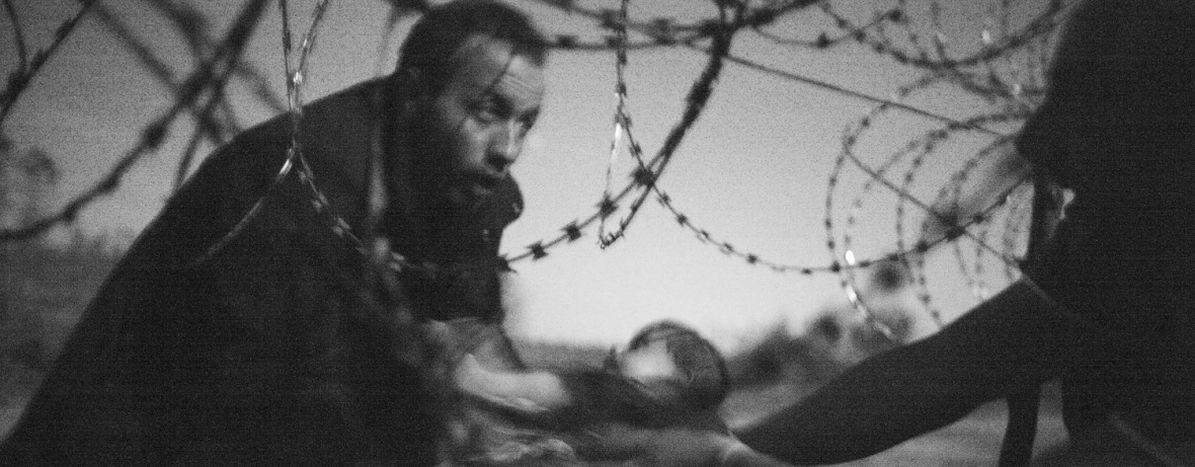
World Press Photo: Photography plays an important role in spreading the message that we have to do something
Published on
In 1955, a group of Dutch photographers organized a contest to expose their work to international colleagues. Since then, the World Press Photo contest has since grown into one of the most prestigious awards in photojournalism and multimedia storytelling. We spoke to World Press Photo's managing director, Lars Boering, at the Internazionale Festival in Ferrara.
cafébabel: When you became managing director, you stated that you want to strengthen the values of visual storytelling. How do you plan to do this?
Lars Boering: It's important for the organization to understand that now all the traditional structures such as newspapers and editors are loosing their power. We want to share knowledge and insights through masterclasses and workshops all around the world. The biggest step forward will be our media publication in October, which is going to be a platform to talk about the business side of photography and engage debates; a place where everyone can join in to enhance the discussion. The more we are able to share knownledge among our community, the more our work will be effective.
cafébabel: A survey commissioned by the French newspaper Libération shows how 54 out of the last 58 winners of the World Press Photo contest have been men. Why are there so few women? Is it possible to change this trend?
Lars Boering: Since I am in charge we have distributed all this kind of statistics, which means more transparency. We are already working with the International Women's Media Foundation in Washington, DC to discuss about the unbalance of male and female professionals working in photography's field. We wan to do more research on that. In order to strengthen the awareness we have organized workshops in South America and in Africa where we built the African Photojournalism Database to say them to be part of our contest. In the end I think it's great that some magazines have shared these statistics, but we are already working hard to change the situation in the future.
cafébabel: One year ago you introduced new rules for the contest and 33 people have been banned. Which are these ethic limits put under your direction?
Lars Boering: It was necessary to take a step back. Our rules weren't communicated properly to me or to the other people of the industry, so me with my board decided to review them carefully. Some rules had been written in the 1960s. We need to have a clear code of ethics if we want to be in total control of our contest otherwise it will be messy.
cafébabel: Warren Richardson won the award this year with a blurry picture showing a baby handed through a hole in a razor wire barrier, to a Syrian refugee on the border from Serbia into Hungary. Is this a way to show that the photos have to be more authentic? Speaking more generally, do you think there is a danger in showing picures of children from war zones?
Lars Boering: We checked the picture: was authentic and taken directly on the ground. The technology let us take pictures like the one that won the contest. Last year we received a lot of pictures with refugees and children, because there are a lot of difficult situations in which children are involved all around the world. It is true that sometimes it is hard to show or look at these pictures, but on the other hand photography plays an important role in spreading the message that we have to do something. We're still talking about the photo of the Vietnamese girl covered in napalm decades later: she has grown up and now she is involved in the debate on her picture. It doesn't matter who's in the picture, but the message and the story every picture give to the world.



